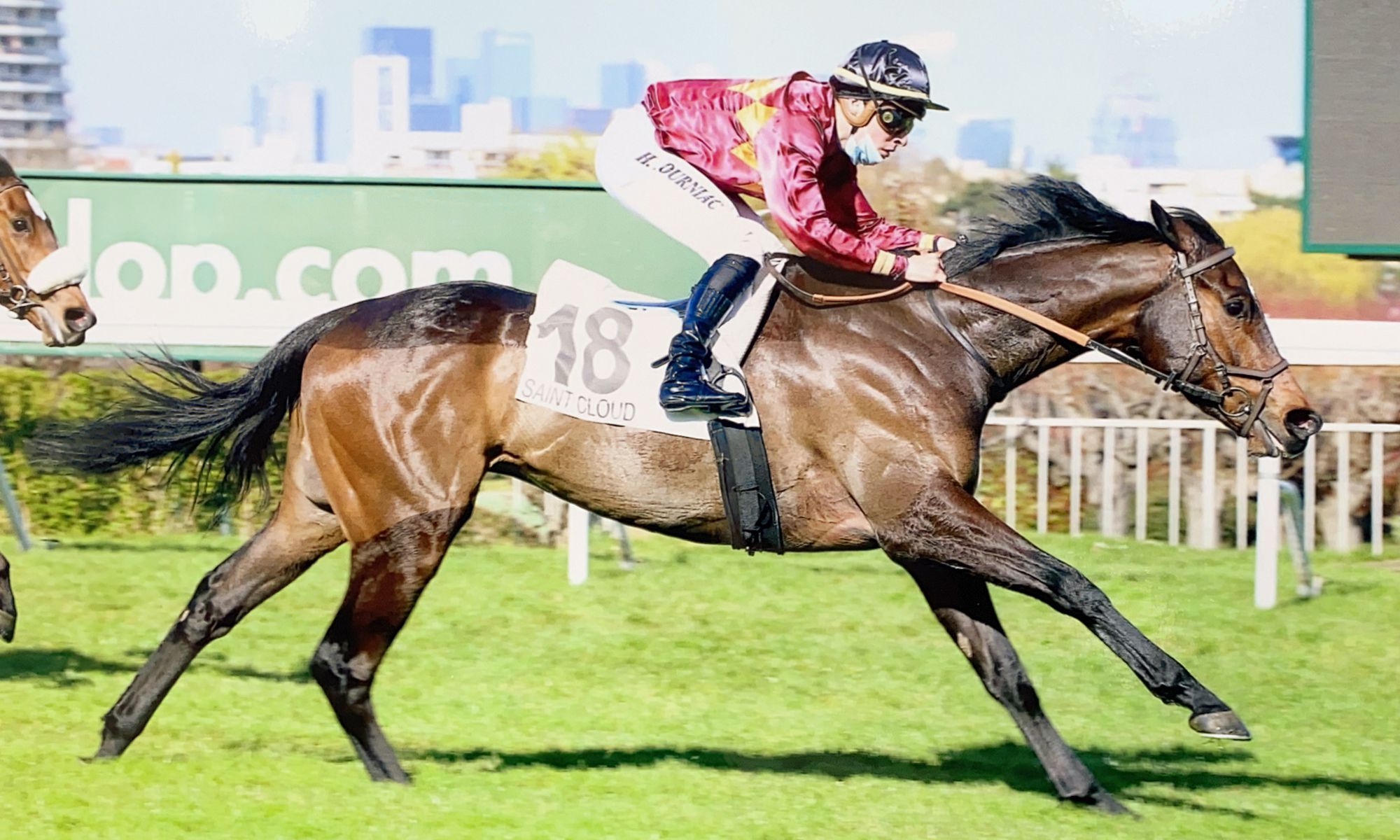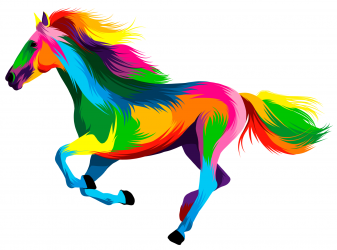Tyke, Tommy and Turfani all got to stretch their legs this morning, and the boys were the stars of the show. In defense of Turfani, she worked on her own on the all-weather track, and since there was no company, she wasn’t motivated to put much effort into the proceedings. She has a nice, big stride, but needed to be niggled to accelerate to a decent speed. It was the first time I had galloped her, and I had expected a big more. I will work her in company from now on.
Tommy and Tyke galloped 1,600 meters on the sand track. Tommy served as the leader, and he worked like the professional he is, accelerating gradually, taking a nice breath just before the elbow, then re-accelerated coming out of the elbow for a nice finish. Tyke surprised me by sticking right with him and actually giving me quite a bit to hold onto to keep him behind. The big guy might have some seriously ugly knees, but it looks like he’s got an engine behind him that will compensate for quite a lot. About half way up the track, I said to myself, well, so this is what a 50,000 euro stud fee will get you – some pretty decent speed. (Although I see Cape Cross has since come down to a bargain 35,000 euros.) I’m trying not to get too optimistic over his first real workout of the year, but I was indeed pleasantly surprised.


I go to morning workouts whenever I can and notice some horses snorting during gallops. Some don’t and some are louder than others.
Is the snorting what they refer to as roaring? Why do some do it? Is it a breathing problem?
A slow-cantering relaxed horse often makes a rhythmic almost purring sound, for lack of a better description, when the legs hit the ground with each stride. The don’t all do it, but many do. Most times, the sound disappears when they’re doing fast work, close to top speed, but some horses still purr. This is not the breathing problem known as roaring. When a horse is a roarer, one of the two flaps in the larynx is not opening and closing correctly to allow proper air flow, and this IS a problem. The sound a roarer makes is more like a fluid gasping rather than the rhythmic purr, and it isn’t necessarily regular with the stride (although it often is). A roarer would be prone to not finish well, because he’s lacking proper air flow. There are various surgical procedures to try to correct roaring, and they are having more and more success, but if you have a roarer, you still might end up with a horse that can’t run despite surgery.
I had a steeplechaser once who had been operated on for roaring, but it didn’t work and it was a real shame, because the horse was otherwise physically spectacular and could jump houses. He was such a relaxed jumper that even an old lady like me could school him around the entire steeplechase course with no worries. Them’s the breaks…